Puzzling aphid patterns in my garden
nippstress - zone 5 Nebraska
9 years ago
Related Stories

EVENTSColors and Patterns Wow at the 2015 Kips Bay Decorator Show House
Go on a virtual tour as 22 designers put on a beautiful interior fashion show in NYC’s Arthur Sachs mansion
Full Story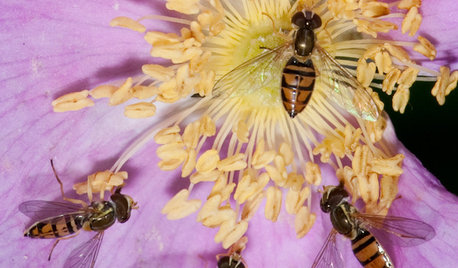
GARDENING GUIDESThis Fly Is One of the Most Beneficial Insects Around
Meet the syrphid fly, a colorful pollinator that also beats chemicals for controlling aphids and other garden pests
Full Story
WORKING WITH PROSUnderstand Your Site Plan for a Better Landscape Design
The site plan is critical for the design of a landscape, but most homeowners find it puzzling. This overview can help
Full Story
GARDENING FOR BUTTERFLIES3 Ways Native Plants Make Gardening So Much Better
You probably know about the lower maintenance. But native plants' other benefits go far beyond a little less watering and weeding
Full Story
WINTER GARDENINGPruning Secrets for Exquisite Roses
Encourage gorgeous blooms year after year with this time-tested advice on how to prune your rosebush in winter for health and shape
Full Story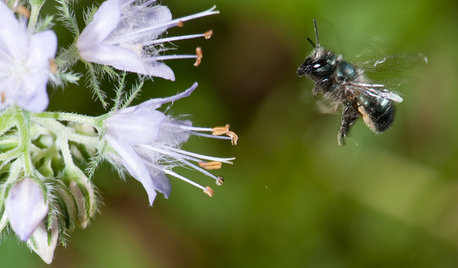
NATIVE PLANTSGreat Design Plant: Hydrophyllum Virginianum
This reliable, shade-tolerant native plant provides spotted foliage and clusters of pink flowers in eastern U.S. woodland and shade gardens
Full Story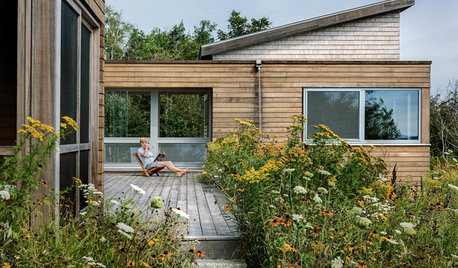
GARDENING GUIDES3 Ways to Revel in Summer Garden Sweetness
Patiently observe what works and doesn’t work in your landscape
Full Story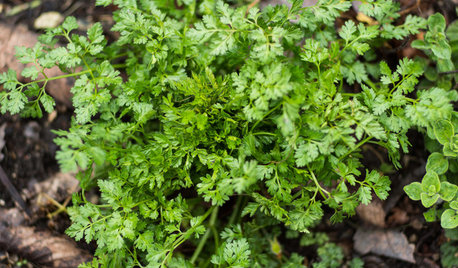
EDIBLE GARDENSHerb Garden Essentials: Discover Delicate Chervil
Go beyond the tried-and-true edible herbs and try this nonconformist that's surprisingly easy to grow
Full Story
GARDENING FOR BUTTERFLIESButterfly Gardening: Delight the Eyes With Living Sculptures
Surprise and thrill with a garden that attracts magical winged creatures, bringing color, movement and life
Full Story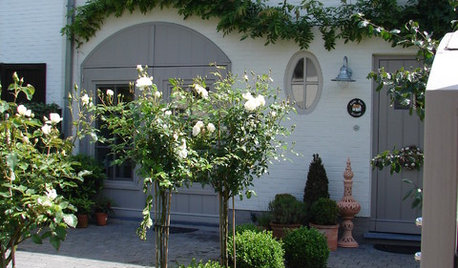
GARDEN STYLESGarden Inspiration From a Visionary Victorian
Great ideas transcend time. Glean gardening insight from master 19th-century designer and craftsman William Morris
Full Story






roseseek
michaelg
Related Professionals
West Milford Landscape Architects & Landscape Designers · Saint Louis Park Landscape Architects & Landscape Designers · Berkeley Heights Landscape Contractors · Cordele Landscape Contractors · Desert Hot Springs Landscape Contractors · Dudley Landscape Contractors · Golden Landscape Contractors · Kaneohe Landscape Contractors · Mahwah Landscape Contractors · Pacifica Landscape Contractors · Raleigh Landscape Contractors · Rancho Santa Margarita Landscape Contractors · West Covina Landscape Contractors · Hawaiian Gardens Landscape Contractors · Palos Heights Landscape Contractorsjim1961 / Central Pennsylvania / Zone 6
roseseek
nippstress - zone 5 NebraskaOriginal Author
roseseek